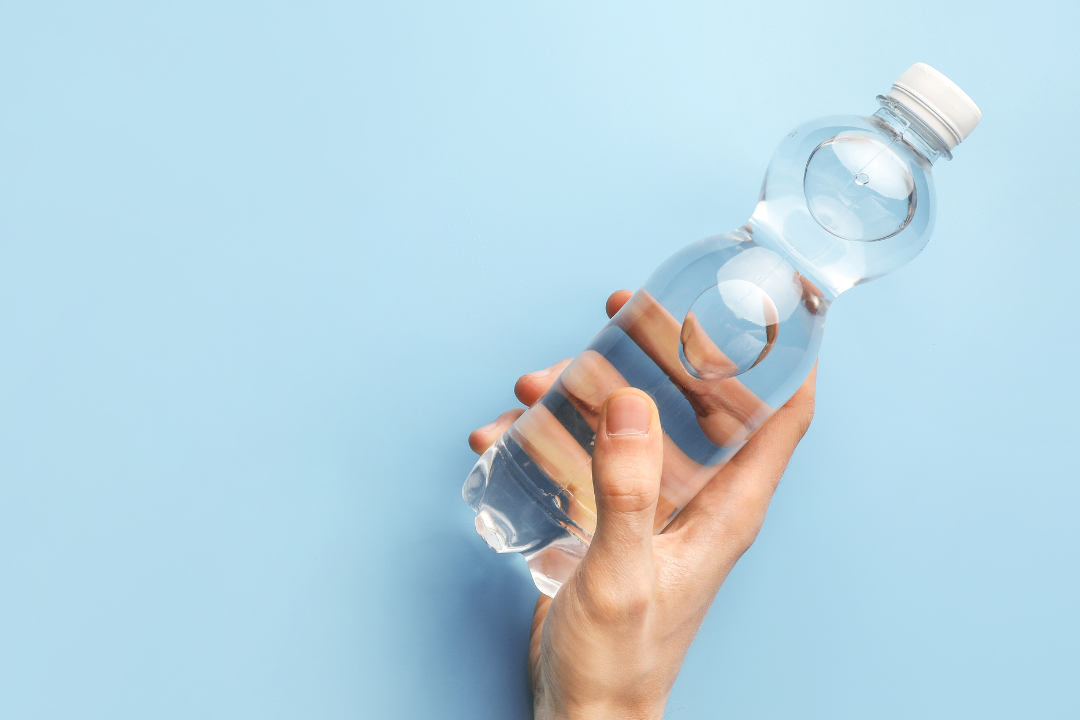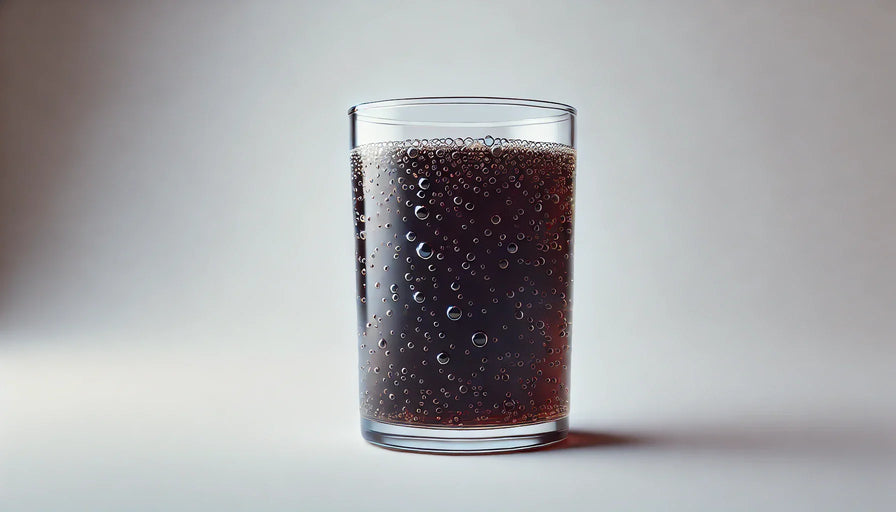
When Was Bottled Water Invented?

When was bottled water invented?
Bottled water began commercial production in the early 19th century, around the 1820s, although the first known bottled water plant was established in 1767 in England. The practice of bottling water, however, traces its origins back to ancient civilizations, highlighting its longstanding presence in human history.
Bottled water has become a ubiquitous staple in modern life, offering convenience and portability for hydration on the go. As public awareness grows regarding the quality of tap water, many consumers turn to bottled water for assurance and taste.
This simple product has evolved significantly over the centuries, influenced by advancements in technology, health trends, and environmental considerations, leading to a complex industry that caters to diverse preferences and needs.
From bottled still water to the history of bottled sparkling water, there's a lot to learn. Let's dive in and discover more about the history surrounding bottled water!
Table of contents

When did bottled water become popular?
Bottled water began to gain significant popularity in the United States during the 1970s and 1980s, driven by growing concerns over tap water quality and the rise of health consciousness among consumers.
The convenience and portability of bottled water appealed to busy lifestyles, and major brands like Dasani and Aquafina emerged during this time.
According to the International Bottled Water Association, bottled water consumption in the U.S. reached about 14.4 billion gallons in 2020. IBWA Statistics and Statista provide further, detailed insights into consumption trends over the years.
This surge in bottled water consumption also coincided with a rise in environmental awareness and recycling initiatives, as many consumers sought ecologically responsible options while staying hydrated.

Ancient origins of bottled water
The practice of using containers to store and transport water dates back to ancient civilizations like the Egyptians, Greeks, and Romans. These societies understood the vital importance of clean drinking water and devised various methods for its storage and transport.
In ancient Egypt, clay pots were utilized to carry water from the Nile River. Similarly, the Greeks employed clay or ceramic jugs to collect rainwater for future use. The Romans advanced this concept by constructing aqueducts to channel fresh spring water into their cities.
The first commercialized water bottle
The first bottled water brand in U.S. history, "Poland Spring," was founded in 1845 and named after the natural spring in Poland, Maine, from which it sourced its water.
Meanwhile, "Evian," the first bottled water brand outside the United States, originated from a natural spring in Évian-les-Bains, France. Evian began its commercial journey in 1826, selling its spring water to locals and tourists alike.
This marked the start of a commercial venture that would grow in popularity and eventually lead to the widespread availability of bottled water as we know it today.

Why was plastic bottled water invented?
Plastic bottled water was invented in response to the growing demand for convenient, portable hydration solutions. As the popularity of bottled water surged, manufacturers sought a lightweight, cost-effective material that could provide a safe and reliable container.
Plastic offers several advantages over traditional glass bottles, including reduced weight, lower production costs, and increased durability. The versatility of plastic allowed for various bottle shapes and sizes, catering to different consumer preferences and lifestyles.
The introduction of PET (polyethylene terephthalate) bottles in the 1970s revolutionized the industry, enabling mass production and widespread distribution of bottled water while responding to the increasing health and convenience trends among consumers.

Sparkling bottled water
Sparkling bottled water has an intriguing history that dates back to the late 18th century. The process of carbonation began in 1767 when British chemist Joseph Priestley discovered a method to infuse water with carbon dioxide. This innovation paved the way for the creation of sparkling beverages.
By the 1800s, commercially bottled sparkling water emerged, with brands like Schweppes leading the way in the production of carbonated mineral water, leading the way for development of club soda– a popular pairing to many cocktails and mocktails.
The mineral springs of Europe, particularly those in the French and Italian Alps, became popular sources of sparkling water, celebrated not only for their refreshing taste but also for their purported health benefits.
Later, in the mid-19th century, flavors were added to the carbonated water, giving rise to popular soft drinks and marking the first occurrence of soda drinks in history. Brands like Coca-Cola and Pepsi-Cola expanded the market for flavored soda, making it a staple refreshment choice.
Today, the sparkling water market continues to thrive, with numerous brands offering a variety of flavors and products, including machines like sparkling water makers that allow consumers to create their own carbonated drinks at home.
Related read: The Origin of Tonic Water
How long does bottled water last?
Bottled water can remain fresh for an extended period when stored correctly. Although the FDA does not mandate a specific expiration date, consuming bottled water within two years of its bottling date is typically recommended for optimal taste and quality.
Factors such as sunlight, heat, and improper sealing can affect its freshness over time. To preserve the best quality, store bottled water in a cool, dark place away from strong chemicals and odors. Before consumption, inspect for signs of plastic degradation or leaks, as the bottle's integrity is crucial for the water's safety and taste.
Recent studies have highlighted concerns about microplastics in bottled water, indicating that tiny plastic particles can migrate into the water from the bottles themselves.

Research conducted by the World Health Organization (WHO) found microplastics in 93% of the tested bottled water brands, suggesting that consumers may inadvertently ingest these particles while hydrating.
The sources of microplastics can include the plastic bottles' manufacturing process, environmental contamination, and the breakdown of larger plastic debris in water bodies.
While the health impacts of microplastics on humans remain under investigation, these findings have sparked debates about the safety of bottled water and highlighted the necessity for enhanced regulation and quality control in its production.
As consumers grow more aware of these concerns, there might be a trend toward alternative hydration options that reduce exposure to plastic contaminants.
Summary
Bottled water originated in the early 19th century, with Poland Spring emerging as a significant brand in the U.S.
In response to the demand for convenient hydration, plastic bottles were introduced in the 1970s, leading to a surge in popularity throughout the 1980s.
While bottled water offers portability and safety, it is essential to consider factors affecting its longevity, such as storage conditions.
Recent concerns regarding microplastics in bottled water have highlighted the need for improved safety regulations, prompting consumers to explore alternative hydration methods.
Recommended reading

How to Give Back During Thanksgiving 2025
Key takeaways Thanksgiving is a time to express gratitude and share with those in need. From volunteering at local shelters to donating food and essentials, there are numerous ways to give back to...

What Does Carbonation Do to Your Body?
What does carbonation do to your body? Carbonation alone typically has minimal effects; however, it can cause bloating and discomfort for some, and it may worsen acid reflux due to carbon dioxide ...

What Are the Health Benefits of Sparkling Water?
Summary Sparkling water isn't just a refreshing drink—it comes with surprising health benefits too. From aiding digestion to improving hydration, discover how sparkling water can be a healthy addi...